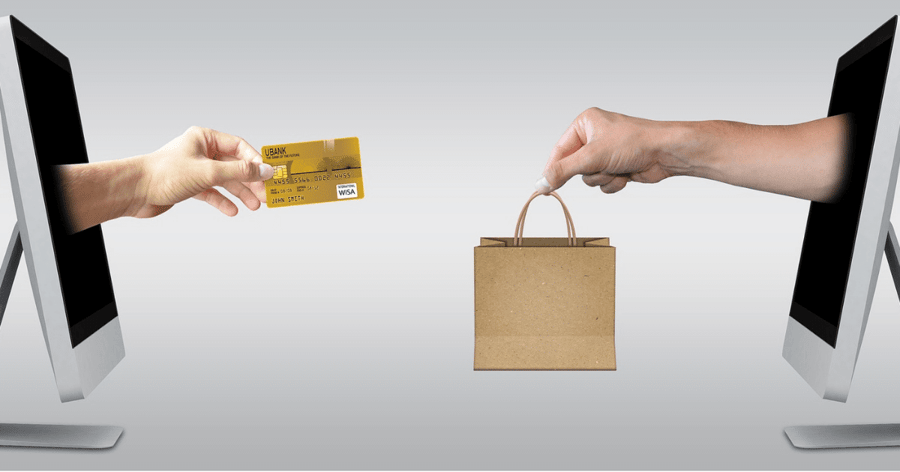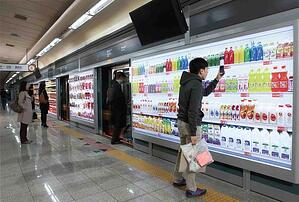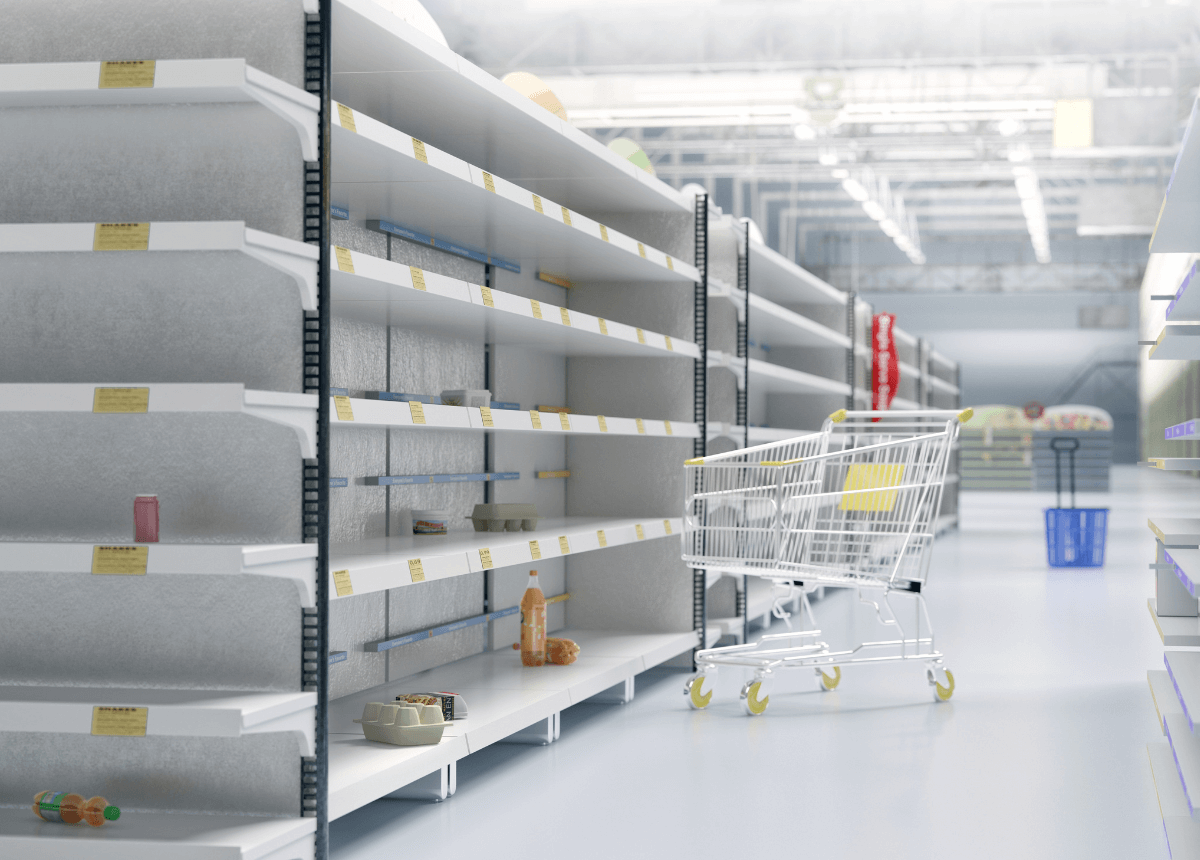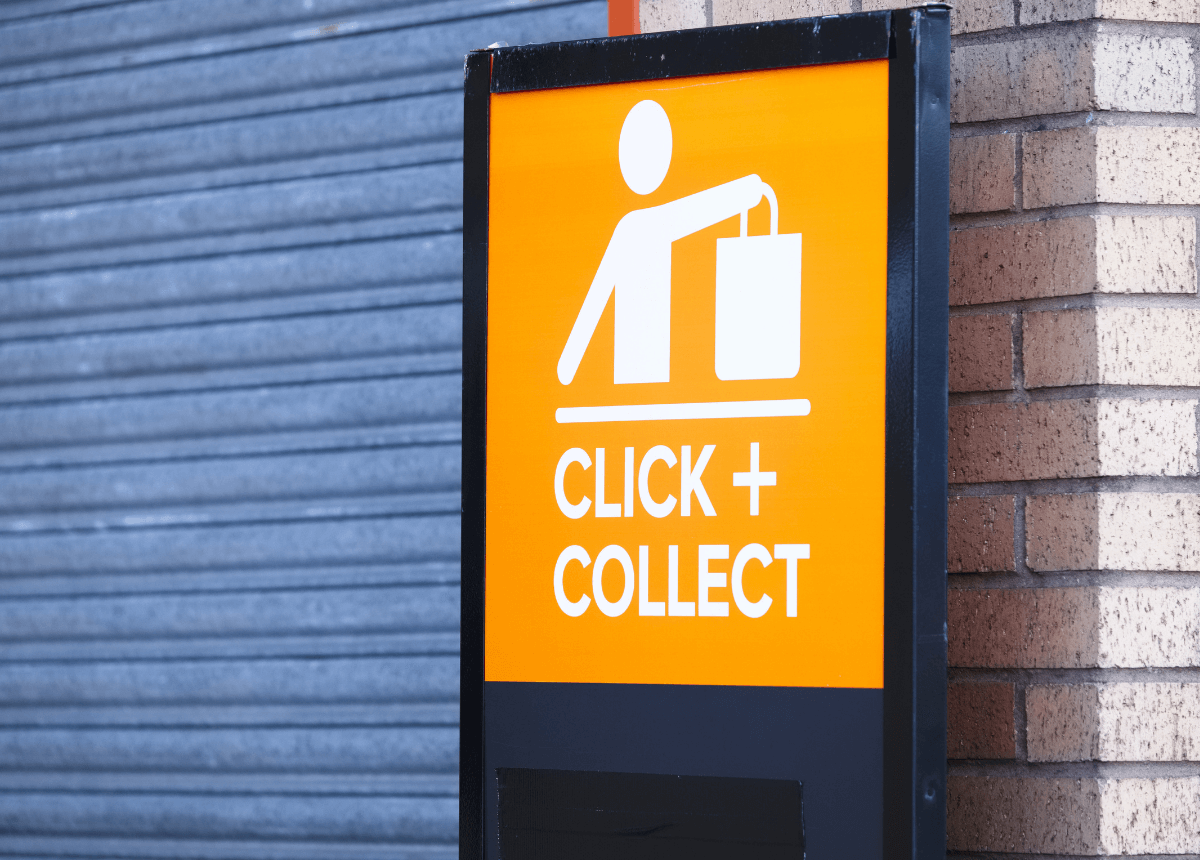What Will Retail look like in 25 Years?
Retail Derek Rodner
Derek Rodner

Predicting the future can be very difficult, and when you're trying to predict the future for an industry that is becoming increasingly reliant on technology it can seem downright impossible. Part of the reason it’s so difficult to predict the future is because you are constrained by the limits of what is possible today, anything beyond this is simply speculation. Even when looking at retail today, it can be hard to believe what exists and what doesn't. Mobile payments are finally here, but what ever happened to same day delivery? Yes, a few select cities and niche shops have same day delivery, but weren't we all supposed to have it by now?
Even though predicting the future can be difficult it can also be pretty fun, so I’m going to give it a go. By looking at current technologies, repurposing some old technology, and prolonging existing industry trends I came up with my view of what retail will look like 25 years in the future.
Showrooms Become the Norm
The last few years have been a bit of a roller coaster for physical retail locations, but I think it’s safe to say that brick-and-mortar retailing will never go away. After all, who doesn't enjoy the tactile feedback of playing with an item before you actually buy it? This is the key that will keep brick-and-mortar alive, but that doesn't mean it will stay the same. As we move closer and closer to 2040, stores will begin making the transition into showrooms. The retail model that Tesla uses, and that Apple is beginning to implement will become the norm. That is customers will come into stores, test out the items they are interested in, ask any questions they may have, then order it right there. The item(s) will then be delivered to their home or prepared for pickup in the store at a later date. The days of leaving a store with the item you purchased in hand will be gone.
Digital Storefronts
Another way that brick-and-mortar stores will change is through the use of digital storefronts. I believe that many big box retailers along with any retailer who sells every day necessities will be the first adopters of digital storefronts, but that doesn't mean specialty retailers can’t play along as well. For the big box players the use of digital storefronts will drastically cut down on the necessary evil that is purchasing and maintaining large inventories. This means that margins will become less of an issue in the future, which in turn could allow retailers to spend more resources on improving the customer experience. Specialty stores can even utilize digital storefront to turn any location into a 24 hour store by activating the digital front after your employees go home for the day. You can even leave the digital fronts on all day and convert window shoppers into actual shoppers. Both of these uses may seem a little far fetched at the moment, but some chains in Japan and England are already implementing this type of technology today.
Distribution Hits Overdrive
The one downfall to the above two changes in retail is the fact that it adds a step to the shopping process, that step being the need to deliver goods regardless of where they are purchased (in store or online). This “issue” will be resolved, and perhaps forgotten, because of much more efficient distribution methods. Warehouses and shipping centers will start to command more of a retailer’s real estate budget, and we aren't that far off from a time where distribution centers actually outnumber brick-and-mortar locations. The sheer number of warehouses, along with a massive increase in distribution methods will enable the first two trends to catch on. Ride share companies like Uber and Lyft will use un-hired drivers for product deliveries, personal shopping companies like Instacart will expand their delivery options, and we are bound to see start ups with a focus on fast and cheap delivery flood the market. I doubt we will see a full scale roll out of delivery drones anytime soon, but we will see a much more efficient and capable delivery system.
Large Scale Personalization
The obvious direction to go when discussing large scale personalization in the future is 3D printing. The number of companies trying to develop 3D printers on Kickstarter is staggering, and there seems to be a printer for everything. Want to print yourself a set of chess pieces? Done. Want to print your dog a new toy? Done. Want to print yourself a slice of pizza? Done. The possibilities go on and on, but this isn’t where I want to focus. Where I think retail will really shine in 25 years is by personalizing the shopping experience, and not just online. By taking the immense amount of data retailers collect and applying advanced behavior analytics to it you can end up with a personalized shopping experience better that what ecommerce can deliver. When someone walks up to a digital storefront it will show their favorite items, or if a shopper walks into a showroom the closest sales associate can receive a notification letting them know how much interaction the person prefers, what type of questions they typically ask, who their “go-to” sales person in, and much more.
Cars Join the Internet of Things
We’ve all heard of the internet of things, and 25 years from now this will apply to non-connected items in people’s lives today. For example, the car. I’m not concerned with how efficient cars will come, or how they communicate with their driver, or even how they drive themselves. What I’m concerned with is their ability to interact with the world around them, more specifically how they interact with the retail world around them. Think about it, beacons are currently being used to gain the attention of shoppers strolling through your stores. A similar technology can be used to gain the attention of people driving by your stores. If you know that they are a customer, and have been interested in a particular item for some time you can drop them a note on their heads-up display or infotainment system as they drive by letting them know it is on sale today. We may even see a point where people can complete mobile payments with their cars (like at a drive through, or a pick-up area at a home goods store).
When it comes down to it, the future of retail is bright and unpredictable. All of the predictions I make above can either pan out, not happen at all, or happen next year. You can never be 100 percent sure. With the current rate of technological advancement who knows what the future of retail will hold, but it’s still fun to think about what’s to come. Here’s to an optimistic future for all retailer!
To learn more about what the retail industry will look like in 25 years, watch our on-demand webinar about how Artificial Intelligence and the future of retail.
Related Articles

Maximizing On-Shelf Availability: LP’s Role in Avoiding Out-of-Stocks
Inventory keeps revenue flowing. Making sure that the right product is on the right shelf at the right time is critical, yet ...Is Returns Fraud On the Rise in 2024?
Over the last year, growing levels of shrink among retailers have captured headlines, from quarterly earnings calls to major ...
Click-and-Collect Loss Prevention Best Practices
Buy Online Pickup In-Store (BOPIS), curbside pickup, and automated lockers make it convenient for customers to get what they ...Subscribe to our blog
Receive free educational resources like exclusive reports, webinars, and industry thought leadership articles straight to your inbox.


